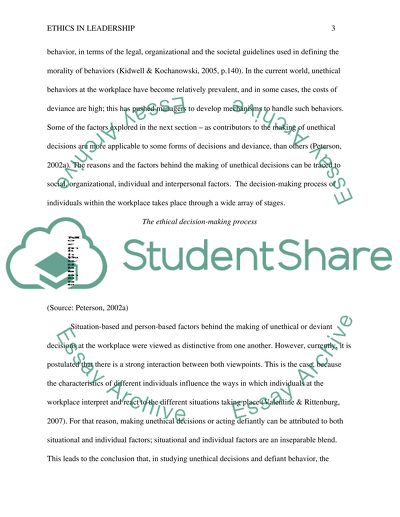Cite this document
(“Ethics in Leadership Research Paper Example | Topics and Well Written Essays - 3000 words”, n.d.)
Ethics in Leadership Research Paper Example | Topics and Well Written Essays - 3000 words. Retrieved from https://studentshare.org/social-science/1645581-ethics-in-leadership
Ethics in Leadership Research Paper Example | Topics and Well Written Essays - 3000 words. Retrieved from https://studentshare.org/social-science/1645581-ethics-in-leadership
(Ethics in Leadership Research Paper Example | Topics and Well Written Essays - 3000 Words)
Ethics in Leadership Research Paper Example | Topics and Well Written Essays - 3000 Words. https://studentshare.org/social-science/1645581-ethics-in-leadership.
Ethics in Leadership Research Paper Example | Topics and Well Written Essays - 3000 Words. https://studentshare.org/social-science/1645581-ethics-in-leadership.
“Ethics in Leadership Research Paper Example | Topics and Well Written Essays - 3000 Words”, n.d. https://studentshare.org/social-science/1645581-ethics-in-leadership.


